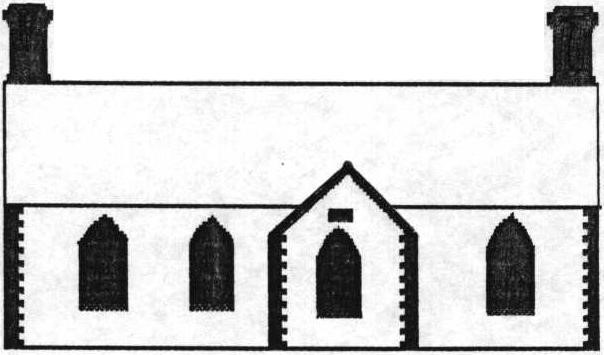Science - Class 1
Science is concerned with understanding the way things are and why they behave as they do. Science in Class 1 develops children’s own ideas about the world around them by using evidence gained from investigation, exploration and questioning to challenge and extend their thinking.
EYFS - Scientific Skills
In the EYFS, the characteristics of effective learning (playing and exploring, active learning and creating and thinking critically) are the foundations on which the working scientifically skills build in Key Stage 1. While children are playing and exploring, they are encouraged and supported to do the following:
- Show curiosity and ask questions;
- Make observations using their senses and simple equipment;
- Make direct comparisons;
- Record observations by drawing, taking photographs, using sorting rings or boxes and simple tick sheets;
- Use their observations to help them answer their questions;
- Talk about what they have done and found out;
- Identify, sort and group.
Key Stage 1 - Working Scientifically
During years 1 and 2, pupils will develop the following skills:
- Asking simple questions and recognising that they can be answered in different ways,
- Observing closely, using simple equipment.
- Performing simple tests,
- Identifying and classifying,
- Using their observations and ideas to suggest answers to questions,
- Gathering and recording data to help in answering questions.
